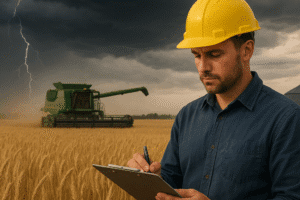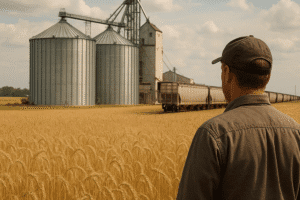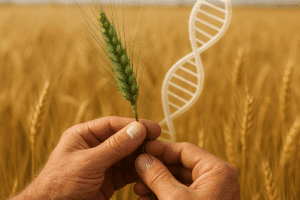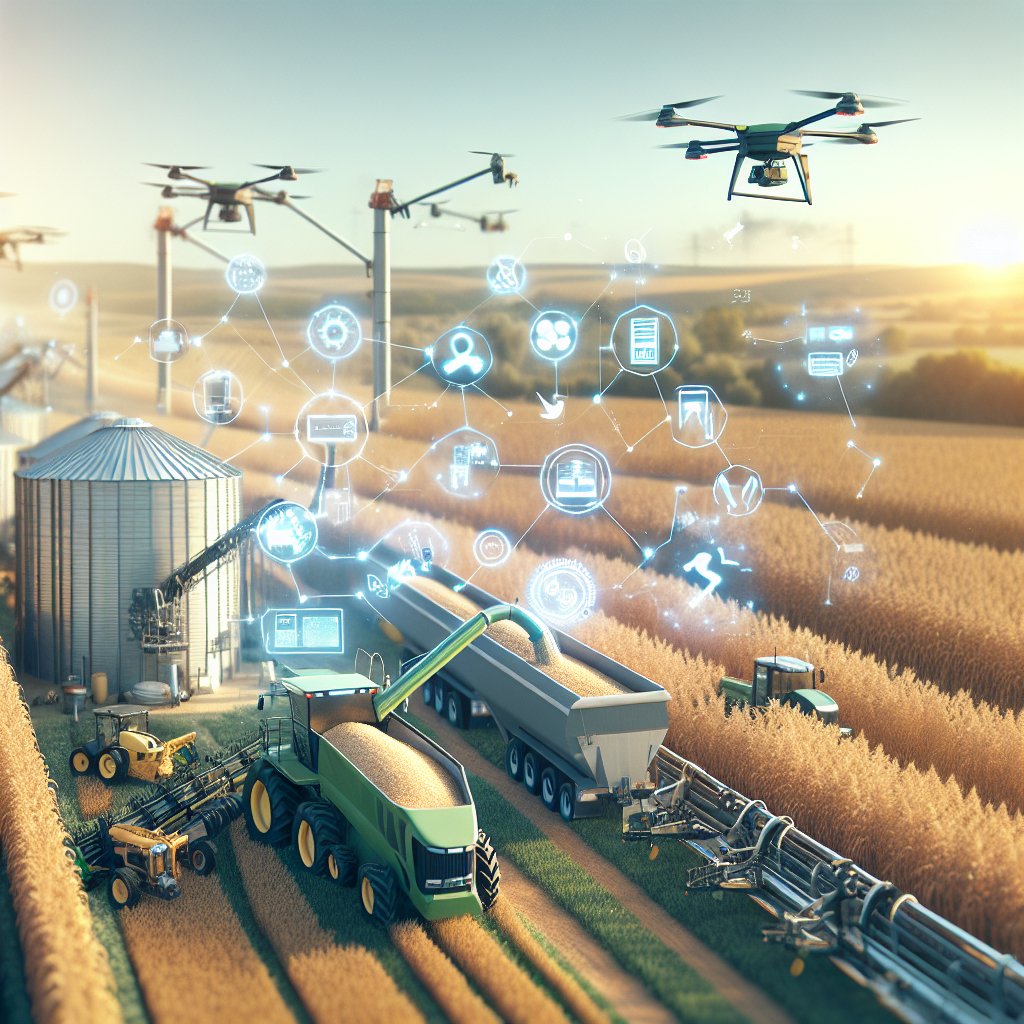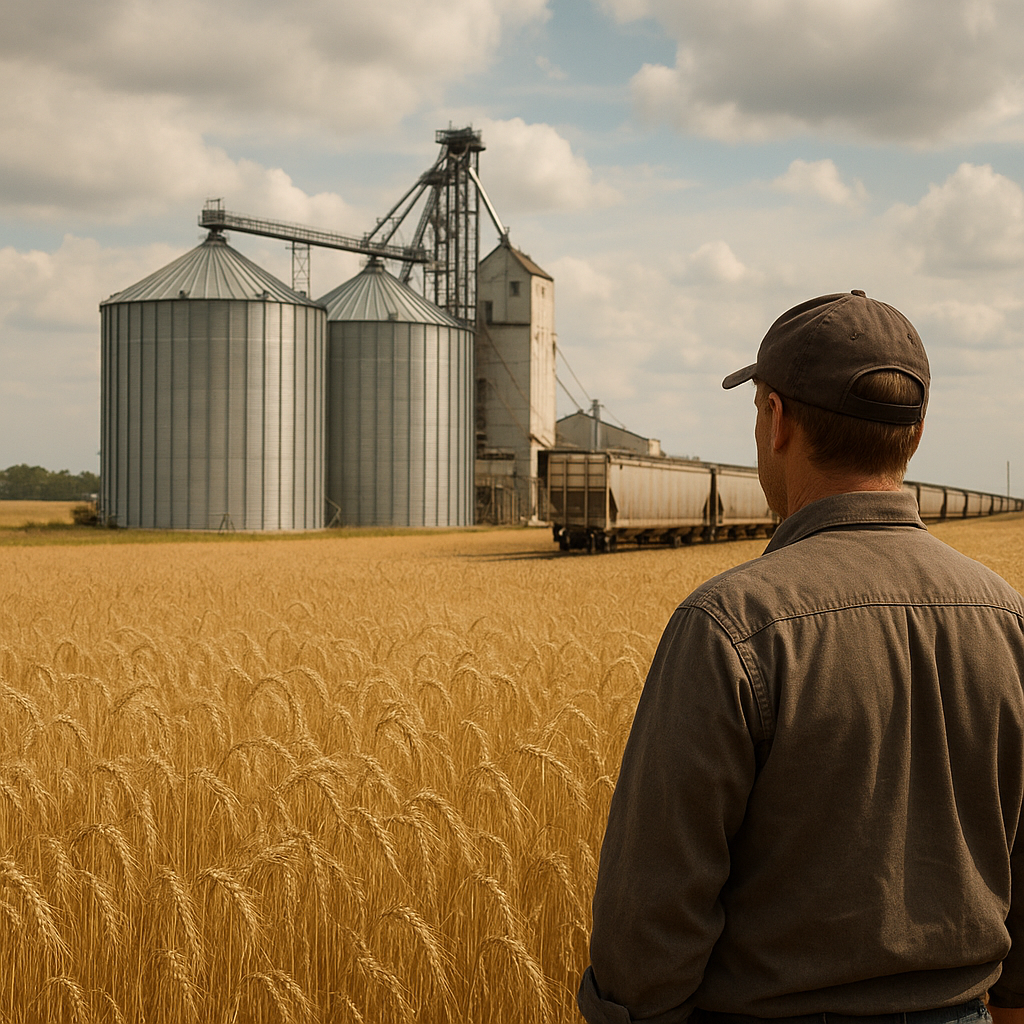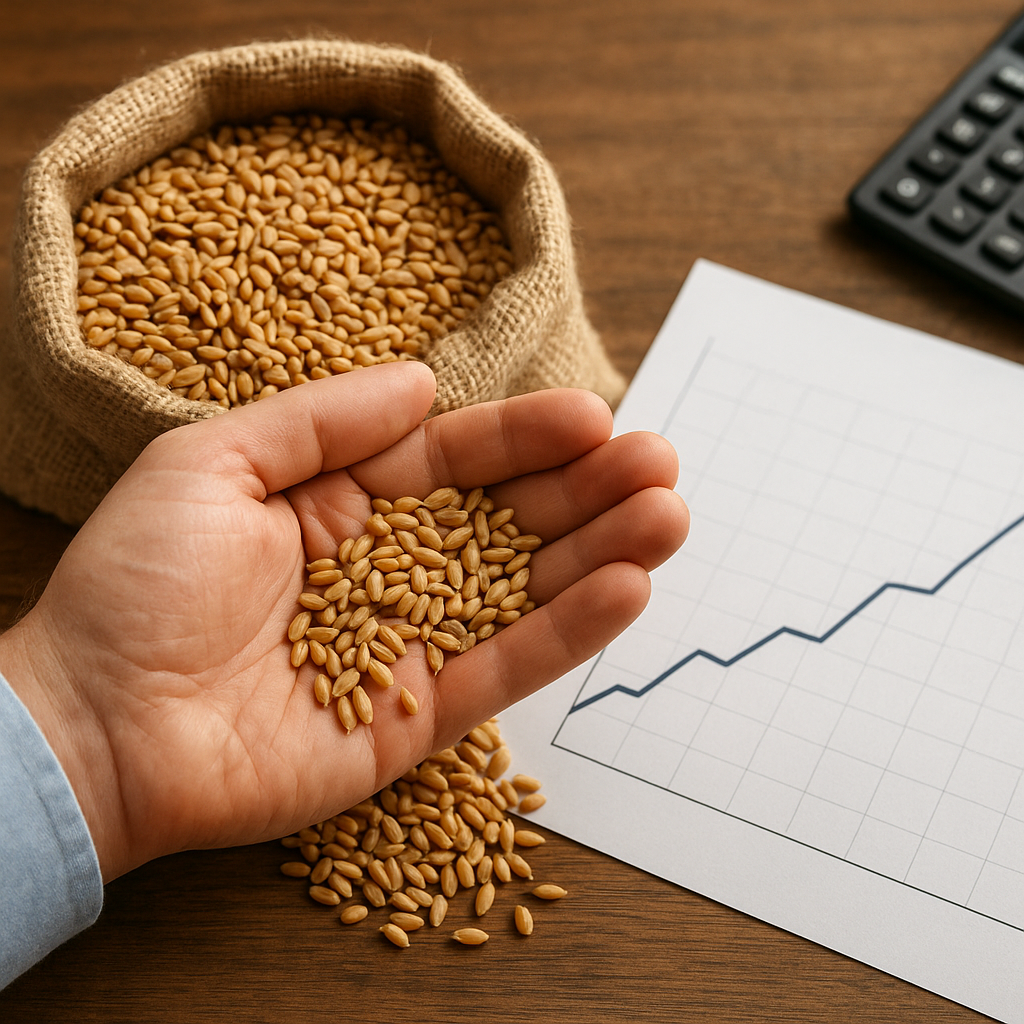The grain market is undergoing a significant transformation driven by advancements in technology. From precision agriculture to blockchain, these innovations are reshaping how grains are produced, processed, and distributed. This article explores the various technological developments that are revolutionizing the grain industry and their implications for farmers, consumers, and the global economy.
Precision Agriculture: Enhancing Crop Yields
Precision agriculture is one of the most impactful technological advancements in the grain market. This approach utilizes data analytics, GPS technology, and IoT devices to optimize farming practices. By collecting and analyzing data on soil conditions, weather patterns, and crop health, farmers can make informed decisions that lead to increased efficiency and higher yields.
Data-Driven Decision Making
Farmers can now access real-time data that helps them understand the specific needs of their crops. For instance, soil sensors can provide information on moisture levels, allowing farmers to irrigate only when necessary. This not only conserves water but also reduces costs associated with over-irrigation. Additionally, satellite imagery can help identify areas of a field that may require more attention, enabling targeted interventions.
Automation and Robotics
The integration of automation and robotics in farming is another significant trend. Autonomous tractors and drones are being used to plant, monitor, and harvest crops with minimal human intervention. These technologies not only save time but also reduce labor costs and improve precision in farming operations. For example, drones equipped with multispectral cameras can assess crop health and identify pest infestations, allowing for timely and effective treatments.
Blockchain Technology: Ensuring Transparency and Traceability
Blockchain technology is making waves in the grain market by enhancing transparency and traceability throughout the supply chain. This decentralized ledger system allows all parties involved in the grain trade to access and verify information regarding the origin, quality, and movement of grains.
Building Trust with Consumers
As consumers become more conscious of food safety and sustainability, the demand for transparency in the food supply chain is increasing. Blockchain provides a solution by allowing consumers to trace the journey of their food from farm to table. For instance, a consumer can scan a QR code on a grain product to access detailed information about its origin, including the farm where it was grown and the methods used in its production. This level of transparency builds trust and can influence purchasing decisions.
Reducing Fraud and Ensuring Quality
Blockchain also plays a crucial role in reducing fraud in the grain market. By recording every transaction on a secure and immutable ledger, it becomes nearly impossible to alter or falsify information. This is particularly important in the grain industry, where the quality and authenticity of products are paramount. For example, if a batch of grain is found to be contaminated, blockchain can help trace it back to its source, facilitating swift action to protect consumers and maintain food safety standards.
Artificial Intelligence: Optimizing Supply Chain Management
Artificial intelligence (AI) is transforming supply chain management in the grain market by enabling better forecasting, inventory management, and logistics. AI algorithms can analyze vast amounts of data to predict demand patterns, helping grain producers and distributors make informed decisions about production and distribution.
Improving Demand Forecasting
Accurate demand forecasting is essential for minimizing waste and ensuring that supply meets consumer needs. AI can analyze historical sales data, market trends, and external factors such as weather conditions to generate precise forecasts. This allows grain producers to adjust their planting and harvesting schedules accordingly, reducing the risk of overproduction or shortages.
Streamlining Logistics
Logistics is a critical component of the grain supply chain, and AI can optimize this process as well. By analyzing data on transportation routes, fuel costs, and delivery times, AI can recommend the most efficient logistics strategies. This not only reduces costs but also minimizes the environmental impact of transporting grains. For instance, AI can help identify the best times to transport grains to avoid traffic congestion, ensuring timely deliveries.
Conclusion: The Future of the Grain Market
The integration of technology in the grain market is not just a trend; it is a fundamental shift that is reshaping the industry. Precision agriculture, blockchain, and artificial intelligence are just a few examples of how technology is enhancing productivity, transparency, and efficiency. As these technologies continue to evolve, they will play a crucial role in addressing the challenges of food security, sustainability, and consumer trust in the grain market.
Looking ahead, it is essential for stakeholders in the grain industry to embrace these technological advancements. By doing so, they can not only improve their operations but also contribute to a more sustainable and resilient food system. The future of the grain market is bright, and technology will undoubtedly be at the forefront of this transformation.
